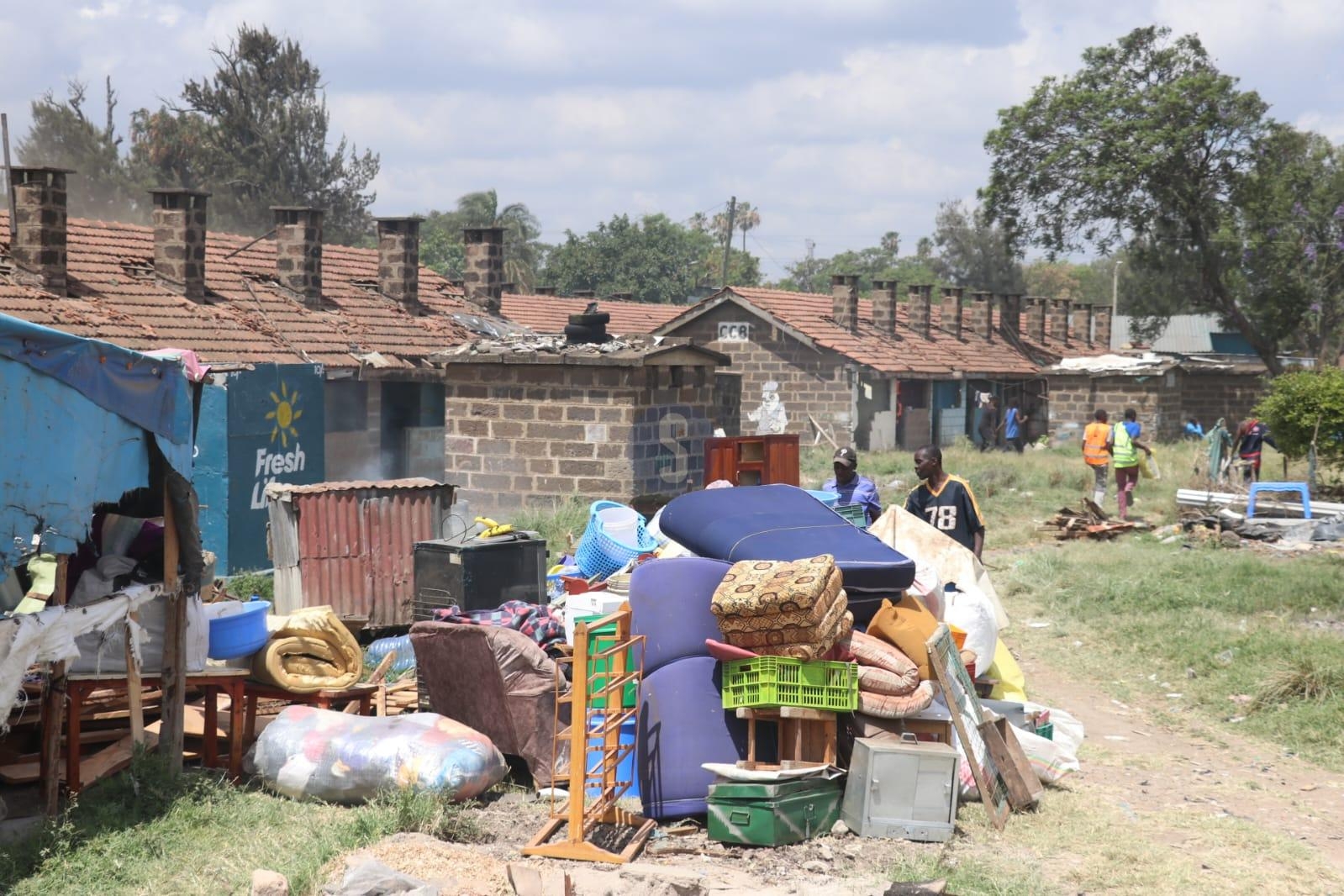I overheard a conversation among some young boys the other day as they animatedly discussed their newfound status after clearing their primary school-level exams.
They branded themselves ‘seniors’ and confessed they could not wait for the impending rite of passage where they would now graduate to become ‘men’. One of them quipped that after the cut, they would be free to take some puffs and sip on grown men's stuff since they would have crossed over from being referred to as boys.
The conversation brought to mind the impending cultural rites and their role in promoting substance use and abuse among children. While I appreciate the significance of circumcision for boys in our communities in Kenya, it is the fact that the same can be used as an opportunity to introduce and perhaps even get children dependent on drugs.
In most communities where the rites are practised, young boys will often be placed in a special place where they will be fed and observed as they heal. During this period most of these adolescents are only accessed by older ones who underwent the cut a year or so earlier.
In the rural setup especially, women are prohibited from accessing the venues and mothers will only get to see their ‘transformed’ children after approximately 30 days in seclusion.
It is claimed that normally during this period when the young boys are being transitioned into ‘men’ a lot of initiation into drug abuse takes place. If the claims are true, then we have a problem that needs some serious attention from all stakeholders.
Some years back, the government banned the attendant ceremonies associated with circumcision in some parts of the country because they were linked with cases of defilement, rape and even drug use among minors.
The most interesting bit about this whole issue is the fact that in rural areas, some adolescents will sneak from home to take part in these rituals with their peers, particularly where the parents express reservations. The boys cannot be blamed though, as their young minds lead them into such risky ventures.
Science has proven that parts of the brain dedicated to judgement, rational decision-making and self-control are not yet fully developed in teenagers. Hence, this leaves them with a higher tendency to try out drugs and alcohol.
And because of their stage of brain development, they do not always understand the potential risks. The problem is that early drug and alcohol use in adolescence and young adulthood bears the greatest risks, particularly that of chronic addiction.
Some of the teenagers, unable to cope with the punishment meted out to them while in seclusion, resort to drugs after the ceremony to numb the pain. In the process, they end up in dependence which when not well managed can turn fatal. This is so specifically if they feel that opening up about the ordeals in the hands of their older peers will stigmatise them.
Considering that the adolescents at this stage are normally in the experimentation phase, they are more likely to become cognisant of the social benefits of drug use such as being accepted by peers or feeling more sociable, than they are to evaluate negative effects.
Perpetrators of these heinous activities usually do so under the pretext of helping the boys become men so that they ostensibly adapt faster to adulthood. In some cases, for children suffering allergic reactions, the results can be fatal. More so because they are sworn to secrecy in the name of being able to deal with issues as men.
It is against the law for anyone to induce or even avail alcohol or any form of drugs to a minor and there is no cultural justification whatsoever for such acts. It is therefore important for parents and caregivers to be on the lookout whenever they follow the cultural route by ensuring that a trusted family member is always keeping watch over the adolescents to prevent such occurrences.













